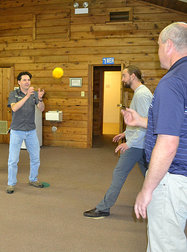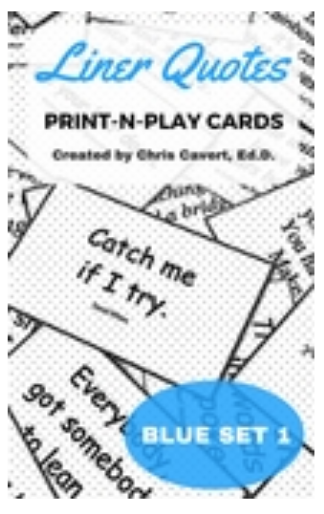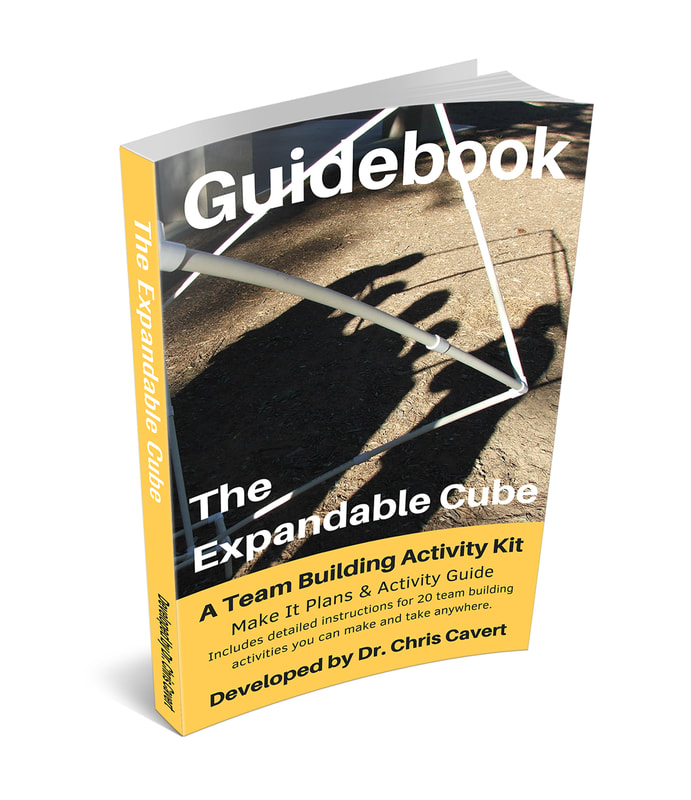
Set-Up: You'll need two different tossable objects (e.g., a tennis ball and a bean bag) appropriate for your group and one game spot for every player in the group. For the explanation here let's use 12 players. (I've played this one with up to 24 players using three different types of tossables - so far the youngest I've tried this with is 5th graders.) Circle up the players about an arms length apart, have each player put their spot under their feet, and then count around from 1 to 12 - everyone gets one number. Then ask number 1 and number 6 to stay where they are and have everyone else move to a different game spot in the circle, but they should not stand next to anyone they were originally next to - number 3 should not be standing next to numbers 2 or 4. Okay, when everyone is on a new spot give one of the tossables to number 1 and set down the other tossable behind player number 6.
Play:
Step 1 - The group will first want to practice tossing the tossable through the tossing pattern. Number 1 tosses to number 2, 2 to 3, 3 to 4 and so on until the object returns to player number 1. Okay, practice again. Now, time the round starting from player number 1 all the way through the numbers and back to number 1. Okay, one more timed round. Can they improve??
Step 2 - Now, let player number 6 pick up the tossable (the one that was set behind this person before getting started). At the same time number 1 starts the pattern, number 6 will start - tossing to 7, 7 to 8 up to 12. Player 12 tosses to player 1, 1 to 2 and so on until the object returns to player number 6. (This is why it's a good idea to have two different tossables - when players 1 and 6 get their original object they hold it.) Okay, after the practice round let's get a time in. Go another round (or two) to see if they can record a fast time. What if the tossable drops? My rule is that every player needs to touch each object in numerical sequence before it returns to it's origin.
Step 3 - Here's where it get's a bit more complex. Immediately after an object is tossed the tosser must move to, and ultimately occupy, the spot of the person they tossed it to. Now, there is no sharing spots so the catcher of the tossable should have tossed the object and started moving to his/her new spot before the previous tosser arrives at his/her new spot. Basically, tossers follow their toss and occupy a new spot. When numbers 1 and 6 obtain their original object they each hold on to it and carry it with them back to their original spots - the only ones left open.
So far I have not forced the timing aspect of the activity in Step 3, like in the first two steps, until the group tells me know they are ready. It usually takes a few practice rounds for the group to feel comfortable with a timed round. As noted, it's very important to consider the tossable objects for your group. Harder objects have the potential to hurt someone. (When working with the baseball team I did use baseballs - I wanted the players to focus on their actions and the potential consequences of their actions. Remember their goals - focus and quick decision making. NOTE: No injuries occurred.)
If you have more players you could have up to one tossable for every four players.
Let me know how it goes for you. Leave me your thoughts in the comments below.
All the best,
Chris Cavert






 RSS Feed
RSS Feed